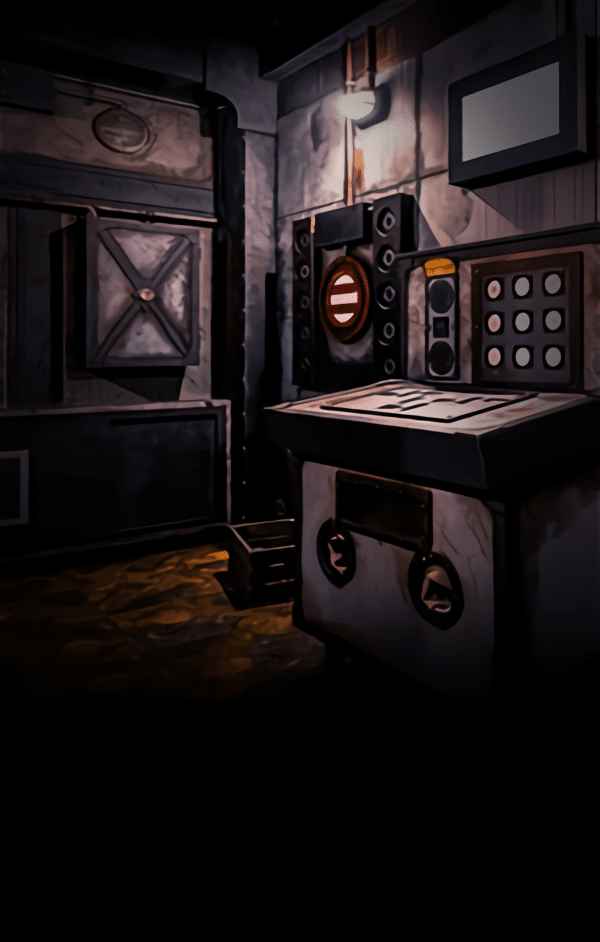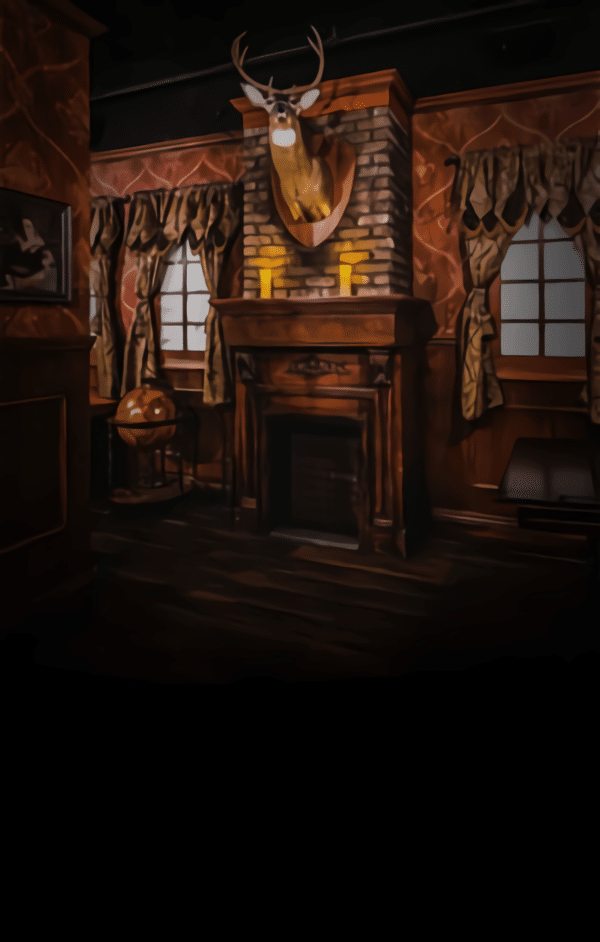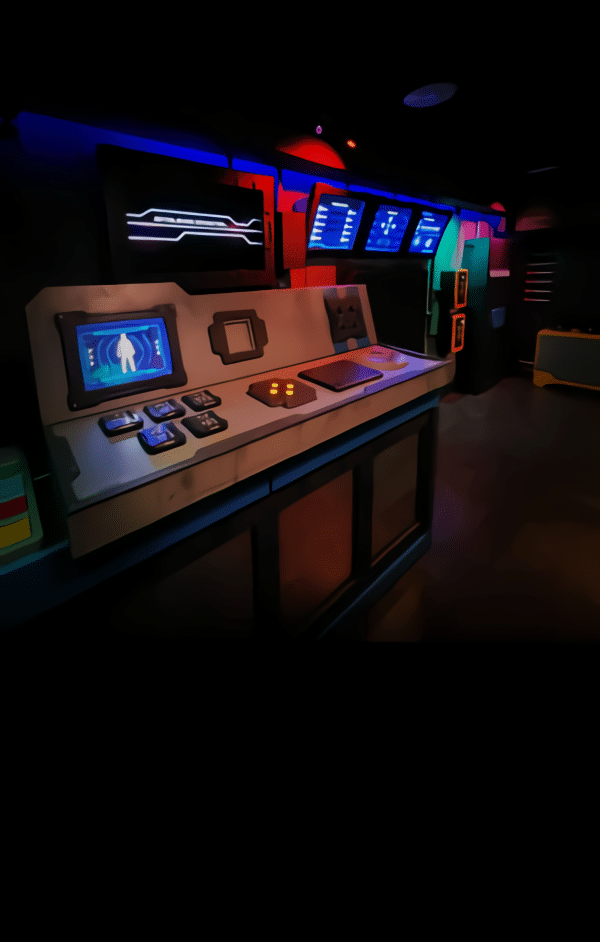How Are the Puzzles in Escape Rooms Near Anaheim Designed?
Introduction: The Art of Escape Room Puzzle Design
Escape rooms have become a central part of the entertainment scene in Anaheim, offering both locals and visitors an exhilarating challenge. These rooms are designed to immerse participants in various themed environments, where they must use logic, creativity, and teamwork to solve a series of puzzles and escape before time runs out. The design of these puzzles is crucial to the overall experience, combining storytelling, problem-solving, and interactive elements to create an engaging challenge for every participant.
But have you ever wondered how the puzzles in escape rooms near Anaheim are designed? What goes into creating the intricate challenges that test your problem-solving abilities? In this article, we’ll explore the thought process behind designing escape room puzzles, the types of puzzles you’ll encounter, and how they’re carefully crafted to provide an exciting and rewarding experience.
1. The Puzzle Design Process: From Concept to Completion
Creating an escape room isn’t just about throwing together a few puzzles in a locked room—it’s a thoughtful process that involves planning, testing, and refining. The design process for escape room puzzles typically follows these stages:
1.1. Theme Selection
The first step in designing puzzles for an escape room is selecting a theme. The theme is the overarching concept that ties the entire experience together. Whether it’s a mystery, horror, fantasy, or historical scenario, the puzzles are designed to fit seamlessly within the context of the room’s theme. For example, in a detective-themed room, puzzles might involve clues hidden in fake newspapers or locked cases, while in a medieval fantasy room, puzzles could require deciphering ancient symbols.
1.2. Story Development
Once the theme is chosen, the next step is crafting a compelling story. A good escape room puzzle experience tells a narrative through the puzzles. This might include the backstory of why you’re in the room, what you’re trying to achieve, and what’s at stake. The puzzles should reveal parts of the story as players progress through the game, enhancing the immersion and making the overall experience feel cohesive.
1.3. Puzzle Creation
After the theme and story are established, designers begin creating puzzles that align with the narrative. Escape room puzzles vary greatly in type, but they all require a certain level of skill to solve. Here are some of the most common types of puzzles used in escape rooms:
-
Logic puzzles: These puzzles require participants to apply reasoning and deduction to solve. They might involve riddles, number sequences, or pattern recognition.
-
Physical puzzles: Some puzzles require a physical element, such as unlocking a box using a series of steps or assembling objects to reveal hidden compartments.
-
Word puzzles: Word-based puzzles are often used in escape rooms near Anaheim. These could involve anagrams, crosswords, or hidden messages that must be decoded.
-
Combination puzzles: These puzzles might involve a lock or safe that requires a specific combination to open. The clues to the combination are scattered throughout the room in various forms.
-
Interactive puzzles: These puzzles require players to interact with the room in specific ways, like moving objects, pulling levers, or activating mechanisms to reveal hidden clues.
The key to puzzle creation is ensuring that the difficulty level is balanced. Too easy, and the room feels unsatisfying; too difficult, and participants might become frustrated. The best escape rooms near Anaheim strike a perfect balance, ensuring players feel challenged but not overwhelmed.
1.4. Testing and Refining
Once the puzzles are designed, they go through a series of test runs. Testing is essential in ensuring that the puzzles are solvable, the clues are clear, and the room flows smoothly. Players who test the room provide valuable feedback on difficulty, clarity, and the overall experience. Designers then tweak the puzzles as needed, adjusting difficulty levels or adding new elements to enhance the game.
2. How Puzzles Enhance the Escape Room Experience
Puzzles are more than just obstacles to overcome—they are the heart of the escape room experience. Here’s how puzzles enhance the game:
2.1. Fostering Teamwork
Most escape rooms near Anaheim are designed to be solved by a team. This requires participants to work together, combining their skills and knowledge to solve puzzles. Some puzzles might require multiple people to figure out, such as decoding a message while others search for clues. Working together builds camaraderie and can be a bonding experience for groups of friends, families, or even coworkers.
2.2. Building Tension and Excitement
As participants solve puzzles, the room gradually becomes more intense, leading to a thrilling climax. Puzzle design often creates moments of suspense, where players feel like they’re just on the edge of a breakthrough, only to be confronted with another challenge. The pacing of puzzles is also crucial—too many easy puzzles in a row can lead to boredom, while a sudden spike in difficulty can cause frustration. A well-designed escape room carefully balances these elements to keep players engaged and excited.
2.3. Immersion into the Theme
Each puzzle is carefully crafted to immerse players into the theme of the escape room. The puzzles don’t just feel like arbitrary tasks; they are tied to the storyline and help push the narrative forward. For example, in a pirate-themed room, players might need to decipher a treasure map, and in a spy-themed room, they might need to crack a code to prevent a security breach. This connection between puzzles and story makes the game feel more like an interactive adventure.
3. The Importance of Puzzle Variety
One of the defining features of escape rooms is the diversity of puzzles you’ll encounter. Escape rooms near Anaheim are designed to appeal to a wide range of skills and interests, which is why puzzle variety is so important. A well-designed escape room includes a mix of puzzle types that keep players engaged throughout the experience.
3.1. Appealing to Different Strengths
Not everyone excels at the same type of puzzle. Some people are great at logic puzzles, while others might be better at word games or physical challenges. By including a variety of puzzle types, escape room designers ensure that every participant can contribute in some way. This diversity also keeps the game interesting, as players never know what kind of challenge they’ll face next.
3.2. Layered Complexity
As players progress through the room, the puzzles often become more complex. Some puzzles may have multiple stages, requiring players to solve one puzzle to unlock a clue for another. This layered complexity keeps the game dynamic and prevents the experience from feeling too repetitive. Each puzzle feels like a stepping stone that brings players closer to their ultimate goal: escaping the room.
4. The Role of Technology in Modern Escape Rooms
In recent years, technology has become an increasingly important part of escape room design. High-tech puzzles can create more interactive experiences, such as puzzles that use sensors, touchscreens, or sound effects to provide feedback when participants make the right choices. Some escape rooms near Anaheim incorporate augmented reality (AR), virtual reality (VR), or automated systems that respond to players’ actions.
These technological innovations allow escape room designers to create more complex and dynamic puzzles, adding an extra layer of excitement and immersion. For example, players may have to use a smartphone app to scan objects or unlock hidden messages that aren’t visible to the naked eye.
5. Balancing Challenge and Fun: The Key to Great Puzzle Design
One of the most critical aspects of puzzle design is finding the right balance between challenge and fun. Escape room designers aim to create puzzles that are difficult enough to be engaging but not so hard that they frustrate players. This balance keeps the experience enjoyable and ensures that players can progress through the room at a satisfying pace.
Game facilitators also play a role in balancing difficulty by offering hints if players get stuck. However, these hints are often designed to nudge participants in the right direction without giving away the solution outright. The goal is to help players feel like they are solving the puzzle themselves while keeping the game moving forward.
Conclusion
The puzzles in escape rooms near Anaheim are carefully crafted to provide an engaging, challenging, and immersive experience. From the initial theme selection to the final debriefing, puzzle design is at the heart of what makes escape rooms so captivating. By combining a variety of puzzle types, integrating technology, and fostering teamwork, designers create a memorable experience that keeps players coming back for more. Whether you’re solving logic puzzles, deciphering codes, or completing physical challenges, the puzzles are designed to enhance the adventure and provide a sense of accomplishment, no matter the outcome.
FAQs
Q: How are the difficulty levels of puzzles determined in escape rooms near Anaheim?
A: The difficulty levels of puzzles are determined by factors such as the complexity of the clues, the required steps to solve them, and the time constraints of the room. Designers aim to balance the difficulty to ensure players feel challenged but not overwhelmed.
Q: Can escape rooms near Anaheim use technology in puzzles?
A: Yes, many modern escape rooms incorporate technology into their puzzles. This can include sensors, interactive elements, or even augmented reality (AR) and virtual reality (VR) components that enhance the experience.
Q: Are puzzles in escape rooms near Anaheim always related to the theme?
A: Yes, puzzles are typically designed to align with the theme of the escape room. This integration helps create a cohesive narrative and immerses participants in the room’s story.
Q: Can escape rooms near Anaheim accommodate all skill levels?
A: Yes, escape rooms are designed to appeal to a wide range of skills. They often feature a variety of puzzle types, allowing different players to contribute based on their strengths.
Q: How do escape room designers ensure puzzles are solvable?
A: Designers conduct extensive testing and feedback sessions to ensure the puzzles are solvable. If participants struggle too much, the puzzles are adjusted to provide the right level of challenge while still being solvable.







